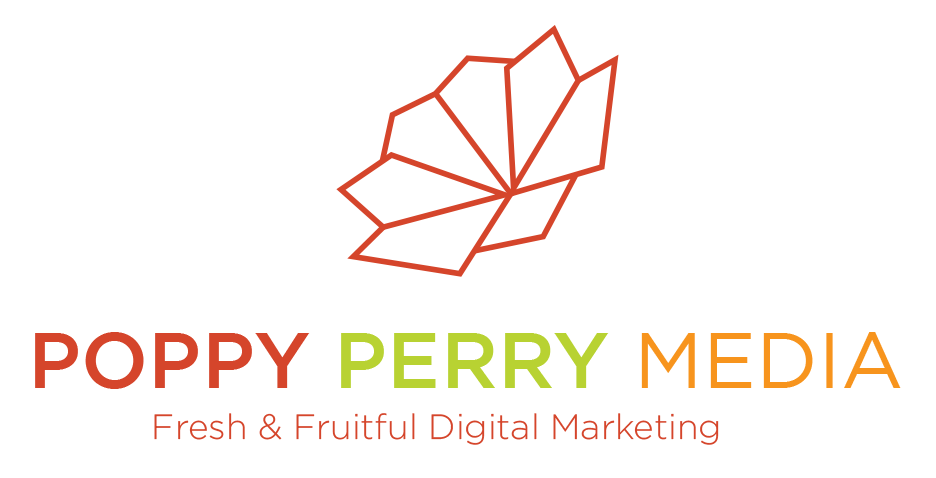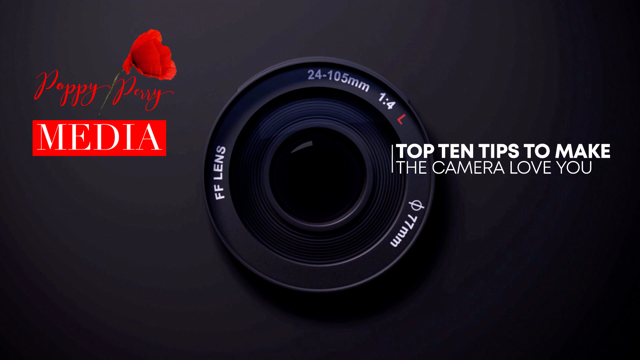PREPARATION IS KEY
The single most important thing is to nail down your message to that you can deliver it concisely and confidently. Write down your key messages as bullet points (DO NOT WRITE YOURSELF A LENGTHY SCRIPT). I say this as I am not a fan of scripting. Most people I film are not professional television film actors. They have not been trained to remember and reel off large quantities of text in a certain way. The result is that their brain is searching so hard for the words they have worked so hard to learn, they end up tripping over their words, forgetting what they had to say in the order they had to say it, getting stressed and looking unnatural. The result is the the message gets lost along with their credibility.
There are solutions to this of course – you can always hire a professional with autocue software for your ‘script’ but again you would need to be trained and practiced at this technique before going live with it, so you look natural on camera.
Remember – YOU know your business better than anyone else. YOU know your businesses key messages, aims and goals. All you need to focus on is condensing those messages to a few minutes for an effective ‘on camera’ piece (remember attention spans these days are remarkably short!).
Once you have cut down and batched-up your content into the key messages you want to get across – PRACTISE, PRACTISE, PRACTISE! That way when you are ready you will deliver a concise, clear, confident piece to camera because it will flow and you will be 100% confident in delivering it.
COMFORT IS ESSENTIAL
The second thing is to feel comfortable yourself. Wear clothing that you would normally wear, that you love and feel comfortable in. Just be mindful that some colours and fabrics do not work well on camera (see my blog – Video Filming Do’s and Dont’s of What to Wear). The more comfortable you are, the more confident you will feel.
BODY LANGUAGE
The third thing to be mindful of is body language. The camera exaggerates movement and if you are the central focus of your video there will be nothing to distract the viewer away from you.
If you are in the habit of pacing whilst talking, or talking with your hands – that fine, but you will need to reduce those movements so that the viewer is focussed on your message and not your flailing arms! By the same token you don’t want to completely change your body language and barely move at all as that will be just as distracting to the viewer because it will be uncomfortable for you to do this and that will come across on camera. If you move a lot – tone it down by 20%. If you are too still, ramp it up by 10%.
VOICE
Be natural. Be YOU. Remember people buy people so you need to sound like you!
Do think about pace of delivery though – this is where practice makes perfect – if you speed through your monologue you will be announcing your nervousness to the world! Pace it too slowly and the viewer will lose interest.
Practice, practice, practice beforehand! Enunciate clearly. Use simple language to get your message across. Avoid Jargon, Slang and Acronyms.
Most public speakers will go through a range of vocal and facial exercises before they give a speech. You will find this technique helpful, before you start to record a piece to camera as it will warm up the vocal chords and relax your facial muscles to be camera ready. (Click here to get a guide on some great vocal warm-ups).
EYE CONTACT
Look at the camera as if it were your best friend (either human or four legged!). This will soften your face and make your eyes sparkle. It will also regulate your tone.
LIP-SERVICE
A dry mouth is the enemy of any speaker. Make sure you have had a sip of water before you begin and have some water nearby.
Dry lips can also make you feel uncomfortable – put a dab of hydrating, non-sticky, non-shines lip balm on before speaking.
JUST BREATHE
Taking a breath is an essential part of a speakers tool-kit. Not only does it help calm the nerves, it regulates pace – stopping you from speaking too quickly and making you more aware of what you are saying, reducing the number those annoying ‘ums’ and ‘ahs’. Don’t worry about having a few ‘ums’ and ‘ahs’ as they will sound natural.
PRACTICE MAKES PERFECT!
And I’ll say it again …… Practice, Practice, Practice!!!!!
RELAX
There is no point in getting in front of the camera if you are a bag of nerves. Make sure you have prepared your piece – you know your content and of course you have practiced!
Do something that helps you feel calm and relaxed before going on camera – deep breathing, listen to music, read a book or magazine. Get yourself into a calm state of mind so that you can confidently take control of your presentation.
And finally, and I think one of the most important points to remember is:
IT’S NOT ABOUT YOU!
It’s about your viewer. Speak to them in a clear, compelling way. Talk to them in their language. Bring them along on the journey with you. Connect with them emotionally.
People will have tuned into to as they are interested in the product or service you will be speaking about – they have found your video. They are already interested in what you have to say.


Recent Comments